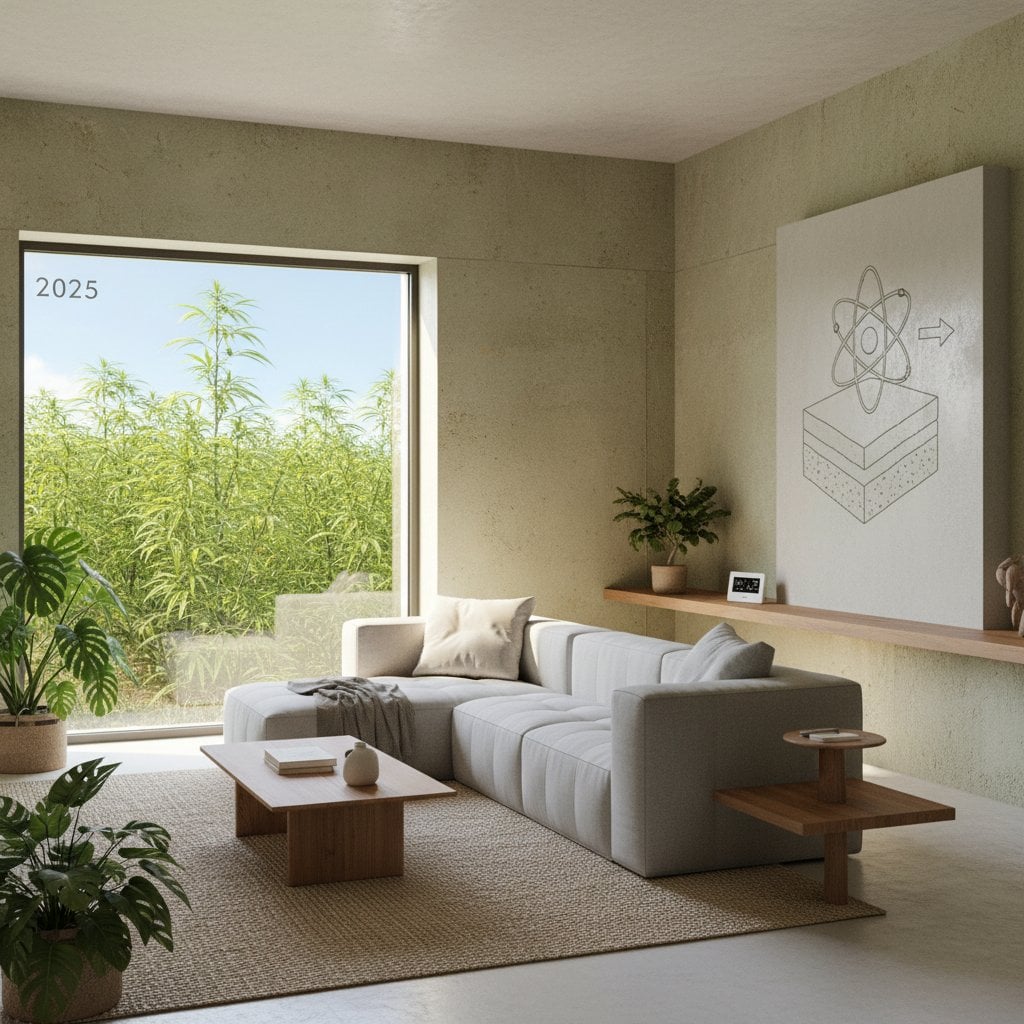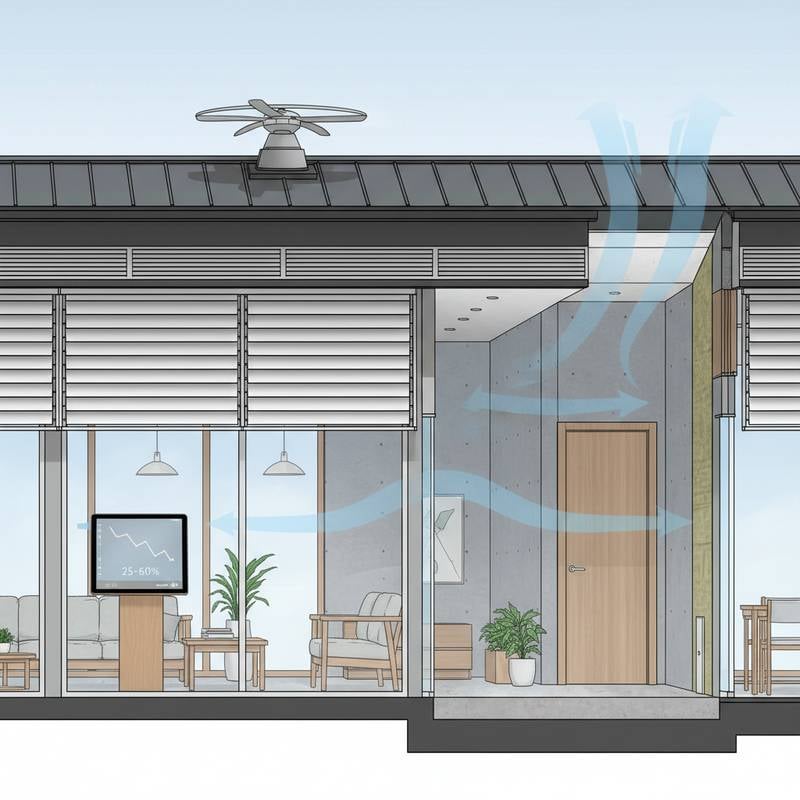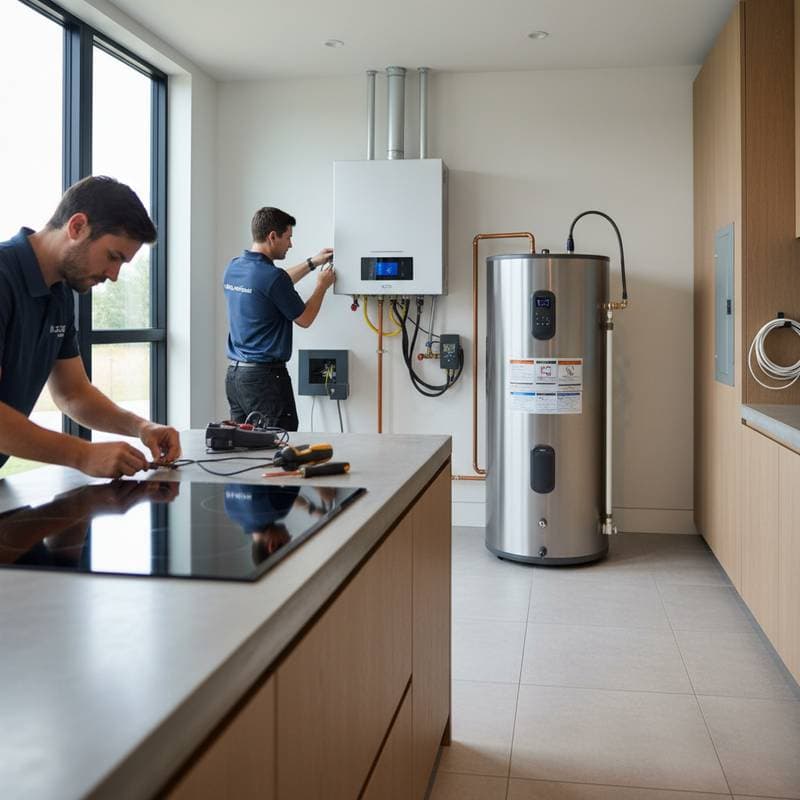Key Points
- Attic insulation and ventilation upgrades reduce heating and cooling bills by up to 30 percent.
- Spray foam provides strong results, yet emerging eco-friendly options deliver comparable effectiveness with reduced chemical reliance.
- Targeting thermal bridging and air leaks ensures consistent comfort throughout the year.
- Thoughtful planning, professional installation, and materials suited to local conditions maximize energy savings.
Envision Your Attic as the Core of Home Efficiency
In my role as a green building professional, I have observed numerous homeowners examining their attics and questioning persistent rises in energy costs. Picture entering your home during a humid summer day, only to find the air conditioner operating at full capacity. This effort frequently originates in the attic. The attic serves as a protective barrier or an unintended conduit for energy loss, based on its insulation, sealing, and ventilation quality. Fortunately, contemporary materials and intelligent design strategies enable transformation of this area into a reliable source of efficiency.
Reasons Attics Compromise Comfort and Increase Expenses
Numerous homes forfeit up to 25 percent of conditioned air via inadequately insulated attics. Openings near recessed lights, duct connections, or outdated vent paths permit treated air to dissipate. In areas with humid summers, such losses overburden cooling systems and promote moisture accumulation that damages roofing materials or fosters mold development. During winter in cold regions, insufficient insulation allows heat to ascend and condense beneath the roof, resulting in ice dams and substantial thermal waste. Through extensive field experience, every attic renovation I have conducted uncovers at least one concealed air route that erodes both comfort and finances.
Contemporary Approaches: Advanced Materials and Strategic Design
Current sustainable attic enhancements emphasize three core elements: superior insulation, thorough air sealing, and equilibrated ventilation. When integrated effectively, these components stabilize indoor temperatures, decrease HVAC system runtime, and substantially lower overall energy consumption.
1. Enhance Insulation Using Eco-Friendly Options
Fiberglass insulation persists as a standard choice, though many residents prefer more sustainable, superior alternatives. From my expertise in green construction, consider these selections:
- Cellulose insulation: Derived mainly from recycled paper and treated for fire retardancy, it provides thorough coverage, conforms to irregular spaces, and features a minimal carbon footprint.
- Mineral wool: This material resists fire and moisture while offering acoustic and thermal advantages through its density.
- Bio-based spray foams: Recent versions incorporate plant-derived resins to minimize petrochemical elements, maintaining robust sealing capabilities.
Installation expenses range from $1.50 to $3.50 per square foot, influenced by the selected material and required thickness. Such expenditures typically recoup within five to seven years via reduced utility payments.
2. Seal Air Leaks with Precision
Even optimal insulation loses effectiveness against air infiltration. Prioritize sealing around chimneys, access panels, recessed fixtures, and pipe penetrations. Apply foam gaskets or caulks designed for elevated temperatures in those zones. View insulation as a protective layer; absent airtight sealing, gaps permit energy to escape unchecked. Professionals employ blower door testing to detect invisible leaks that evade manual inspection.
3. Mitigate Thermal Bridging
Thermal bridging happens when heat-conducting elements, such as wooden or metal framing, bypass insulation layers. These pathways generate cold areas prone to condensation. Combat this by installing continuous rigid foam panels over or under rafters. A mere half-inch addition can elevate the overall R-value, an indicator of heat flow resistance, by as much as 15 percent. This measure, though frequently neglected, provides enduring comfort and safeguards structural integrity.
4. Optimize Ventilation for Improved Home Health
Effective ventilation prevents attic overheating in summer and moisture retention in winter. Install ridge vents, soffit intakes, or humidity-responsive fans to facilitate circulation without undermining insulation. A properly ventilated attic prolongs roof durability by multiple years and inhibits mold proliferation.
Practical Strategies to Elevate Eco-Efficiency
- Arrange a professional energy audit prior to initiation. This evaluation reveals vulnerabilities and projects potential reductions.
- Integrate insulation enhancements with solar installations. Reduced attic heat preserves optimal panel efficiency by cooling roof surfaces.
- Choose materials free of toxins and low in volatile organic compounds to support superior indoor air quality.
- Investigate regional rebates and tax credits. Various locales provide financial incentives for efficient modifications.
- Collaborate with certified sustainable contractors. Resources like our vetted directory connect you with specialists who adhere to local regulations and optimal methods.
Setting Realistic Goals and Financial Considerations
Residents frequently inquire about budgeting for attic enhancements. For average homes, anticipate project expenses from $2,000 to $8,000, varying by scope and selections. Advanced spray foam or combined systems approach the upper limit, whereas blown-in cellulose delivers reliable outcomes at lower costs. Professional work spans one to three days. Annual energy reductions of 20 to 30 percent may yield savings of several hundred dollars. Additional benefits include diminished noise, eliminated drafts, and elevated overall comfort.
Steps to Implement Upgrades Effectively
Attic renovation represents more than routine upkeep; it constitutes a deliberate enhancement of your property's durability and habitability. Begin with a thorough assessment of existing conditions, then determine if comprehensive retrofitting or focused sealing aligns best with your objectives. For guidance, consult a qualified green building specialist through our service for an obligation-free estimate. Each insulation layer, sealed gap, and positioned vent advances your residence toward self-sufficiency and ecological balance.
Your attic holds the potential to either deplete resources or bolster well-being. Success depends on selecting appropriate materials, guaranteeing accurate application, and sustaining balanced airflow. Post-upgrade, expect steadier room temperatures, decreased utility demands, and the assurance that your home aligns with natural rhythms rather than opposing them.
Frequently Asked Questions
Q: How often should attic insulation receive inspection?
A: Inspect every two to three years or following significant roof repairs. Factors like settling, dampness, or pest intrusion diminish efficacy, and prompt identification averts expensive fixes.










